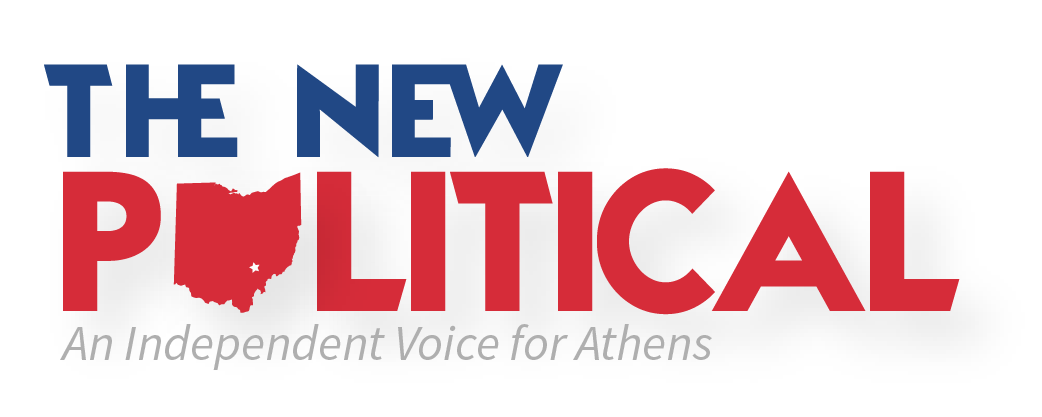Ohio University’s use of AI art leaves students feeling cheated
Photo via Ohio University/Instagram
Last week, Ohio University sparked controversy when it posted a six-slide carousel on Instagram featuring squirrels that had been reimagined as popular figures from different decades. This was part of the university’s “Giving Day” campaign, where donors who contributed $18.04 or more could receive a certificate acknowledging that they had named an Ohio U squirrel. However, the post quickly gained negative attention due to the images being generated with AI art software.
AI-generated art has become a widely debated topic. On one hand, AI advocates argue that it can be a valuable tool for both beginner and experienced artists. AI provides opportunities to explore new mediums, experiment with styles and generate ideas in less time than traditional methods.
On the other hand, critics of AI art highlight several concerns, particularly regarding its effects on the livelihoods of real artists and the environmental impact of Gen AI. The power that is required to train AI models, such as GPT-4, requires enormous computing resources, leading to substantial electricity consumption. This heightened energy demand contributes to increased carbon emissions and places added strain on power grids.
The Instagram post, which can still be found on the @ohio.university account, has faced backlash. As of publication, the post has garnered 156 comments, far surpassing the typical engagement seen on the university’s social media page. The majority of these comments center around one key issue: the use of AI-generated art is disrespectful to the talented students at Ohio U, especially those studying art. Many alumni and current students voiced their frustrations, with a common sentiment being that the post failed to recognize the value of genuine creativity and artistry, especially within an academic institution that prides itself on fostering such talents.
One comment, which has received 251 likes, reads “Hey OU! As an alum, I can speak to the talent that is at your school. I sure hope these were created from one of the many amazing artists at your campus and not AI. While I understand the urge to use tools at our disposal, please know the creative arts really shouldn’t be one of them. I hope I’m mistaken, because I love the concept of these, but if they are truly AI, I know many students (current and old) will be disappointed. Something to think about!”
Two studio art majors, Ruby Culp and Kyrah Porter, shared their thoughts on the situation. Porter, who felt that the post was a missed opportunity for a real artist to showcase their talents, remarked, “So many people follow that account. It would’ve been such a nice opportunity for a real artist. An artist could’ve done something way more creative; maybe something people are actually interested in.”
Porter’s comment speaks to the irritation many students and alumni felt seeing AI used in place of real art. The post, while visually interesting to some, failed to showcase the originality and unique perspectives that only a human artist can provide.
Culp, who has been outspoken about her disdain for AI-generated art, expressed her disappointment in seeing this from her own university.
“Honestly, I wasn’t surprised, the OU account has always given me corporate gimmicky vibes,” she said. “It is disappointing how normalized AI is, especially on a collegiate level. [Ohio U] really doesn’t realize how that is blatantly going against even a small percentage of your student body’s careers.”
Culp’s response touches on a larger issue, the normalization of AI in creative industries and the growing concerns that it could undermine the value of traditional art degrees. For students like Porter and Culp, who are working hard to hone their craft, the use of AI-generated art can feel like a slap in the face.
For Ohio U, the negative response to their post serves as a reminder that even small decisions, such as using AI to create promotional content, can have significant consequences. The situation also highlights the need for greater dialogue between the university and students about how AI can and should be used in creative fields. This Instagram post serves as a small example of the larger debate surrounding AI in the art world.

